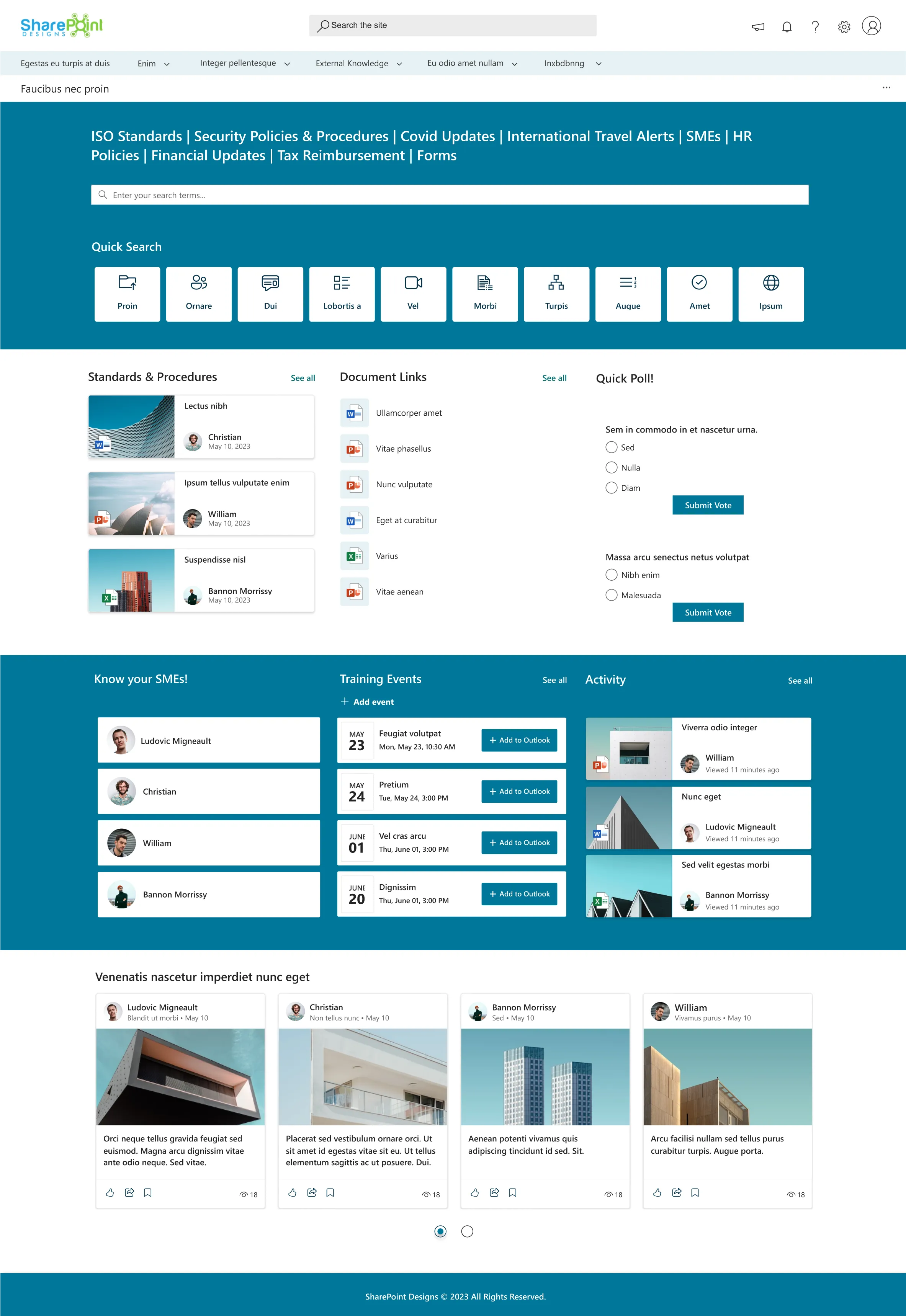

End your quest for the best knowledge management system using our SharePoint templates and Microsoft Office 365 knowledge management tools!
Knowledge is Power, a Super Power. An organization with such superpowers is timeless and strong. Now, let's come to reality. We have all been in a situation when a "Technical Guru" of sorts, who possesses such superpowers suddenly decides to leave the organization, and all the tacit knowledge stays and leaves with him.
So, how can organizations like yours tap into the collective knowledge of all the employees in your organization and ensure it's shared and accessed from a centralized knowledge base?

What is the need for a Knowledge management system?
Most organizations have years' worth of data, information, and knowledge stored as hard copies. needless to say storing, organizing, and preserving them is a time-consuming task.
As per the image below, most organizations do not have centralized knowledge management systems and the percentage of knowledge stored in employee's brains outweighs all the formats

Lets us quickly touch upon the two important types of knowledge!


Tacit Knowledge
Tacit knowledge is personal. It is stored in the heads of people. It is accumulated through study and experience. It is developed through the process of interaction with other people.

Explicit Knowledge
Explicit knowledge is stored in documents, databases, websites, emails, and the like. It is the knowledge that can be readily made available to others and transmitted or shared in the form of systematic and formal languages.

The two are mutually dependent. Without tacit knowledge it will be difficult, if not impossible, to understand explicit knowledge.
As an organization, how do you harness tacit knowledge and explicit knowledge and convert it to company knowledge? What policies would you implement so knowledge sharing is enforced and awarded within the organization?
Businesses are increasingly competitive and the rate of innovation is rising. Competitive pressures reduce the size of the workforce that holds valuable business knowledge. The amount of time available to experience and acquire knowledge has diminished drastically. Early retirements and increasing mobility of the workforce lead to loss of organizational knowledge.
To overcome all the above-mentioned issues a knowledge management strategy along with a robust knowledge management system is essential. The main purpose of a knowledge management system is to make sure the right information is available to the right person at the right time.



